It is 1pm in Bollywood, and it’s time for our movie to start. Lights dim. A hush falls over the cinema. We all stand for the Indian national anthem. And then a commercial plays.
“AAAAAH!” yells the ad’s main character, a man in a white chef’s uniform bounding across the screen. The commercial, for zoho.com, features a Chinese restaurant owner frantically rattling off his dishes as they’re shown on the screen. Almost all of them are in Hindi, but there’s one English name I can understand. “Chicken 65!” he shouts, as a larger-than-life picture of saucy fried chicken fills the screen. I spend much of the film that follows the ad wondering, What the hell is Chicken 65?
When our three-and-a-half-hour epic comes to an end (Bollywood movies are serious business) – I spy a clue to the dish’s origins outside the theater, where large photos are labeled “Chicken 65” at a mall food-court restaurant called Chinese House. A banner hanging above the shop reads: “RICE, NOODLES, SOUP, LOLLIPOP, ‘MANCHURIAN’!”
“‘Manchurian’?” I wonder aloud. “What’s ‘Manchurian’?”
“What, you don’t have that in China?” replies my friend and de facto tour guide, Rishi.
This call-and-response becomes the refrain of my trip. I express shock at a so-called ‘Chinese’ dish; Rishi responds with equal shock that I live and China and have never heard of it. This happens again with ‘Gobi Manchurian’ (me: ‘what’s this?’; friend: ‘you’ve never had it?’) and ‘Chinese Bhel’ (me: ‘that’s not Chinese’; friend: ‘oh, weird’).
And yet, I am more than willing to try. I can hardly think of two cuisines more appetizing than China’s and India’s, both of which are popular the world over. While the two countries are emerging world superpowers economically, they’re already world superpowers gastronomically.

Their borders may only intersect along the sparsely populated Himalayas, but their culinary intersection is huge. And yet, Indo-Chinese food is unlike anything else. It’s different from Chinese food and it’s different from Westernized Chinese food. In fact, the cuisine it most resembles is Indian.
But most Indians don’t know.
This may be because India’s Chinese community is rather small, all populations considered. Chinese people first came to India in the fifth century, but it wasn’t until the 1700s that any significant number of them settled in the subcontinent. Coming primarily from Fujian and Guangdong, they created India’s only Chinatown in Kolkata (then Calcutta) which grew in size to tens of thousands in the first half of the 20th century. They number fewer today, partly due to the 1962 Sino-Indian War.
For such a tiny community, its gastronomic influence is enormous – if somewhat distorted to please local palates. On the recommendation of Nita Agarwal, a Mumbai resident and, more importantly, Rishi’s aunt, we head to a branch of India’s most popular Chinese restaurant chain, ‘Chinese mainland’ There, I’m greeted by several life-size terracotta warrior statues and rooster-adorned posters advertising Chinese New Year specials.
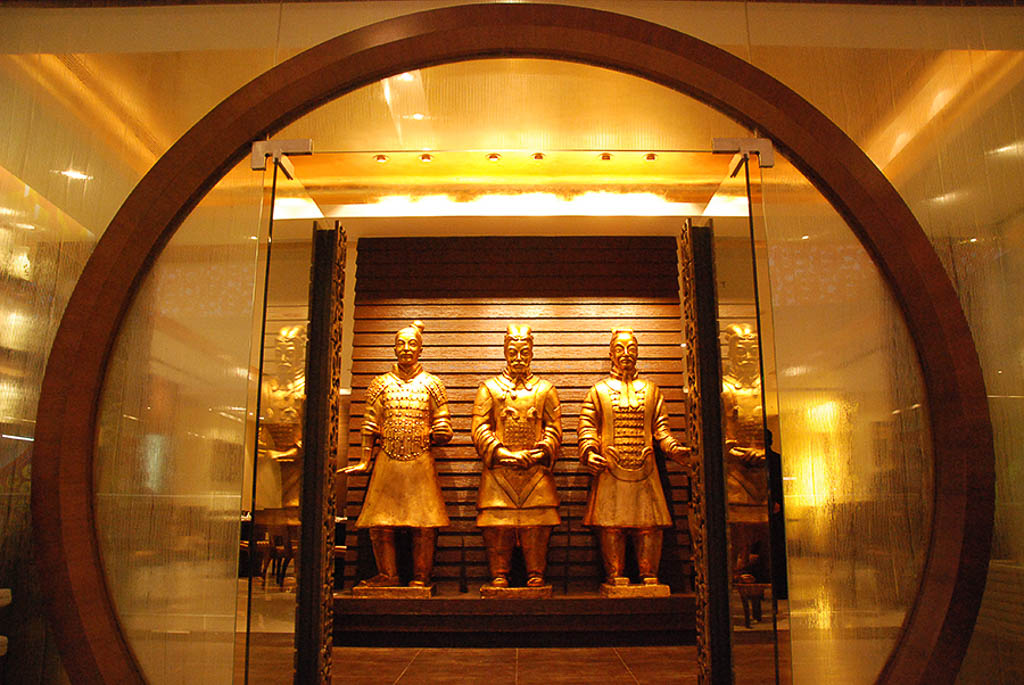
Ironically for a place called ‘Chinese mainland,’ many of the dishes are ones you’d find in Hong Kong. When we sit down, the dim sums (their pluralization, not mine) begin. I have chicken siu mai, which our server pronounces “soy may,” a soggy green vegetarian baozi and bright-orange chicken legs called the Drums of Heaven, that neither look nor taste Chinese, but are instead coated in a fiery orange powder reminiscent of chicken tikka. All of this is accompanied by Chinese tea. When I ask our server what kind of tea it is, he responds simply: “Chinese.”
Nonetheless, the food is uniformly delicious. I particularly enjoy the Hakka noodles – a nationwide favorite here, due to many of India’s Chinese immigrants being natives of Hakka-speaking regions… sort of. In China, there’s no such thing as ‘Hakka noodles.’ They were invented by Chinese immigrants with Indian consumers in mind. Today, it tastes like a spicy chow mein.

Much of the buffet at ‘Chinese mainland’ is essentially Indian food with Chinese characteristics – fried basmati rice, spicy chicken stir fry, even some fairly authentic shrimp har gow. But I struggle to find any such Chinese characteristics at the dessert table. Mumbaikars are notorious for having a sweet tooth; Chinese, meanwhile, are famous for snubbing sugary, creamy Western-style desserts. At ‘Chinese mainland,’ the most popular dessert is simply labeled ‘Darsaan,’ and consists of broad noodles lightly fried in honey, accompanied by vanilla ice cream. “This must be Indian,” I say to Nita. She says it isn’t.
“You mean it’s supposed to be Chinese?” I counter.
“Well, I don’t know – I just know it’s not Indian,” she says, waving the manager over.
Manager Biswajit Gupta is eager to tell me all about ‘Chinese mainland’ and its sister restaurant chains. (They first opened in 1994; there are 120 outlets across India.) But when I ask if Darsaan is supposed to be Chinese, he pauses briefly before resuming his smiley self-promotional talk.
“Yes,” he says. “You can find it all over China. It is a Chinese dessert.”
Practically no one is qualified enough to say that a dish does not exist anywhere in China – there’s probably some person somewhere who likes her noodles fried and dipped in honey – but I think it’s fair to say that honeyed noodles and ice cream aren’t “all over China.” When I search online, every mention of Darsaan is on an Indian website, and almost all the bloggers who write about it say they first tried it at ‘Chinese mainland’ (I repeat: the restaurant, not the place).
Darsaan is delicious, and genius in its three-ingredient simplicity. But I wonder if it’d be popular in China.
And I also wonder if authentic Chinese food would be popular here in Mumbai. Nita is apparently reading my mind.
“In Bombay we have some high-end Chinese restaurants that are the most authentic,” she tells me. “But they’re too bland for me.”

In a country of curries, chili and bold flavors, simpler dishes like congee and pork baozi haven’t made the cut. This is why Sichuanese food, arguably the boldest in flavor of all the Chinese provincial cuisines, does so well here. Nearly everywhere we go, we see ‘Schezwan’ curries and dosas on the menu.
At Samrat, an ultra-popular lunch spot whose curries Lonely Planet rather correctly calls a “cavalcade of taste and texture,” mustachioed waiters in suits rush around the busy dining room refilling metal tins of dips and plates of naan. Samrat bills itself as a Gujarati restaurant, but we order their ‘Schezwan Paneer’ – square hunks of cheese amidst chunky tomato gravy topped with cilantro and heavy spices. It may not be authentically Sichuanese, but it is, admittedly, dope.
But most Indians are exposed to Indo-Chinese cuisine through street stalls and fast-food joints. At China House – which is definitely not a house, but rather a tiny storefront – I dig into my Chinese Bhel, a noodle version of bhelpuri, the puffed rice served at Mumbai street stalls. Mine has the color of a 99-cent instant mac’n’cheese. Nita says the dish is similar to ‘American chop suey,’ another Indo-Chinese dish that, despite the name, wouldn’t be recognized in China or America.
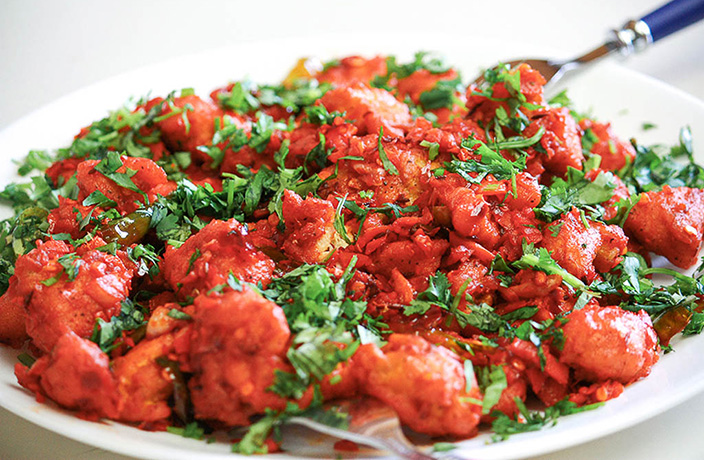
Nor would ‘vegetarian Manchurian’ be recognized in Dongbei. Its chickpea patties come drenched in a sweet-and-sour brown sauce – more Southern Chinese than anything, although nowhere in China would the meat in question actually be chickpeas.
“We always have ‘Manchurians’ at banquets and stuff,” says Rishi. “When we’re feeling fancy.” (Ironic, given Dongbei food is largely known for its hearty, down-to-earth wheatiness, and is meant to power you through Siberian winters, not wedding parties.)
Chinese House – which, again, is more like a Chinese shack – also sells lollipops. But these are meat lollipops, chicken wings mangled so that all their meat sits in an orb at the end of a long, skinny bone. I realize that the Drums of Heaven found at ‘Chinese mainland’ were likely just a high-end take on this – spiffier name, same ball of poultry.
But at ‘Chinese mainland,’ there’s one thing management gets absolutely right. And it’s the most authentically Chinese thing of all: Take Me Home, Country Roads playing overhead.
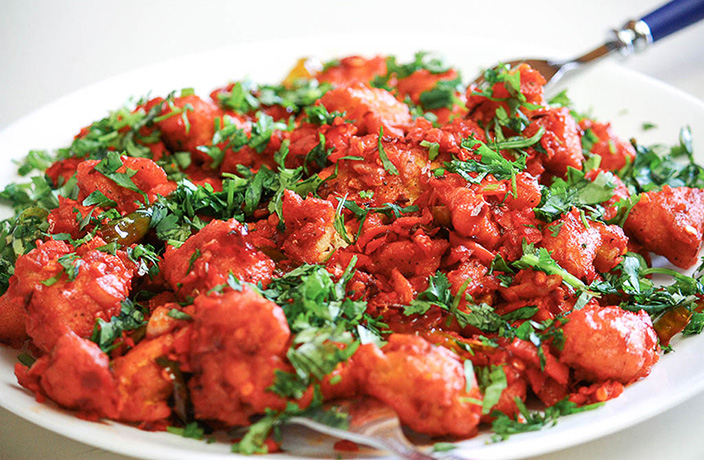





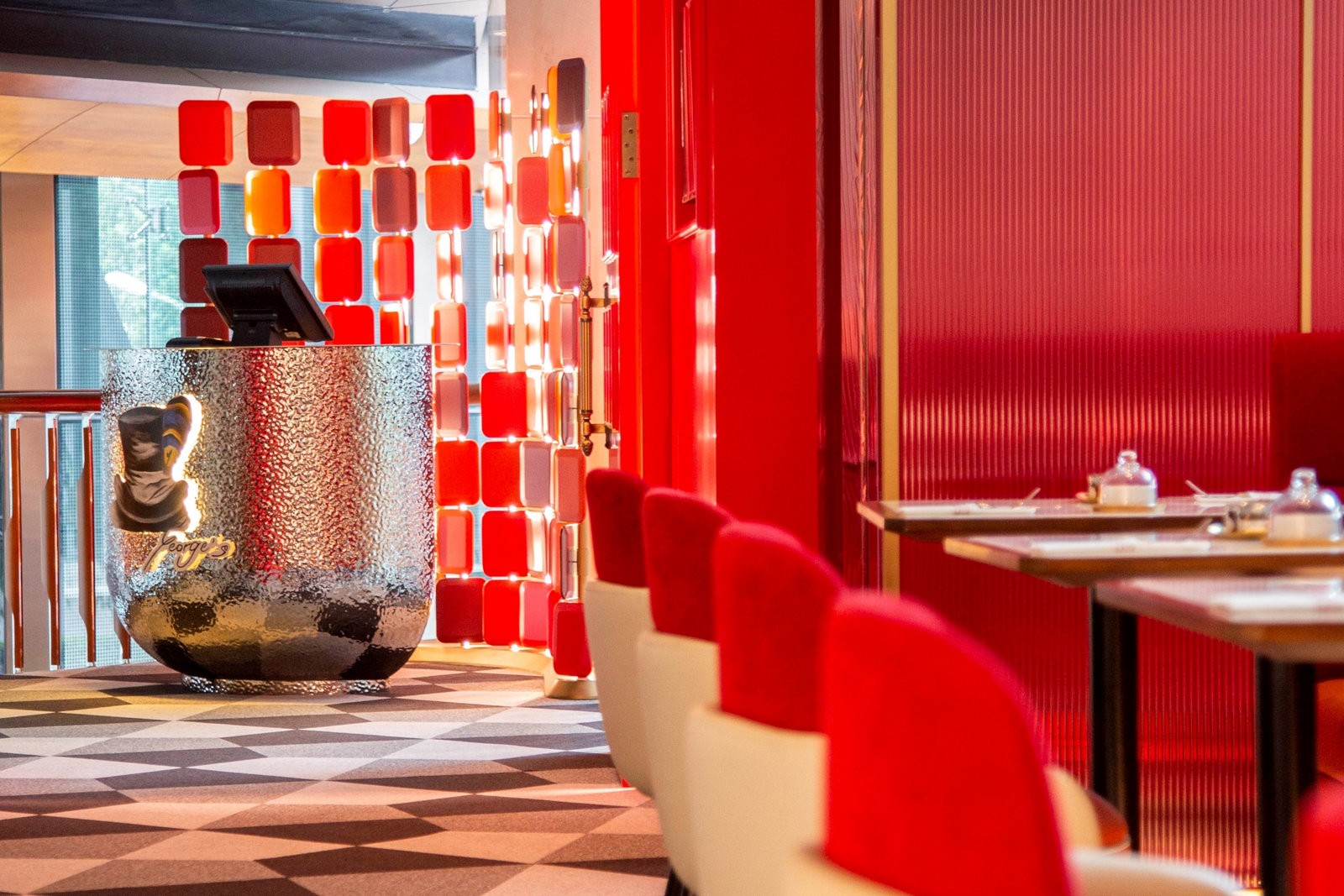
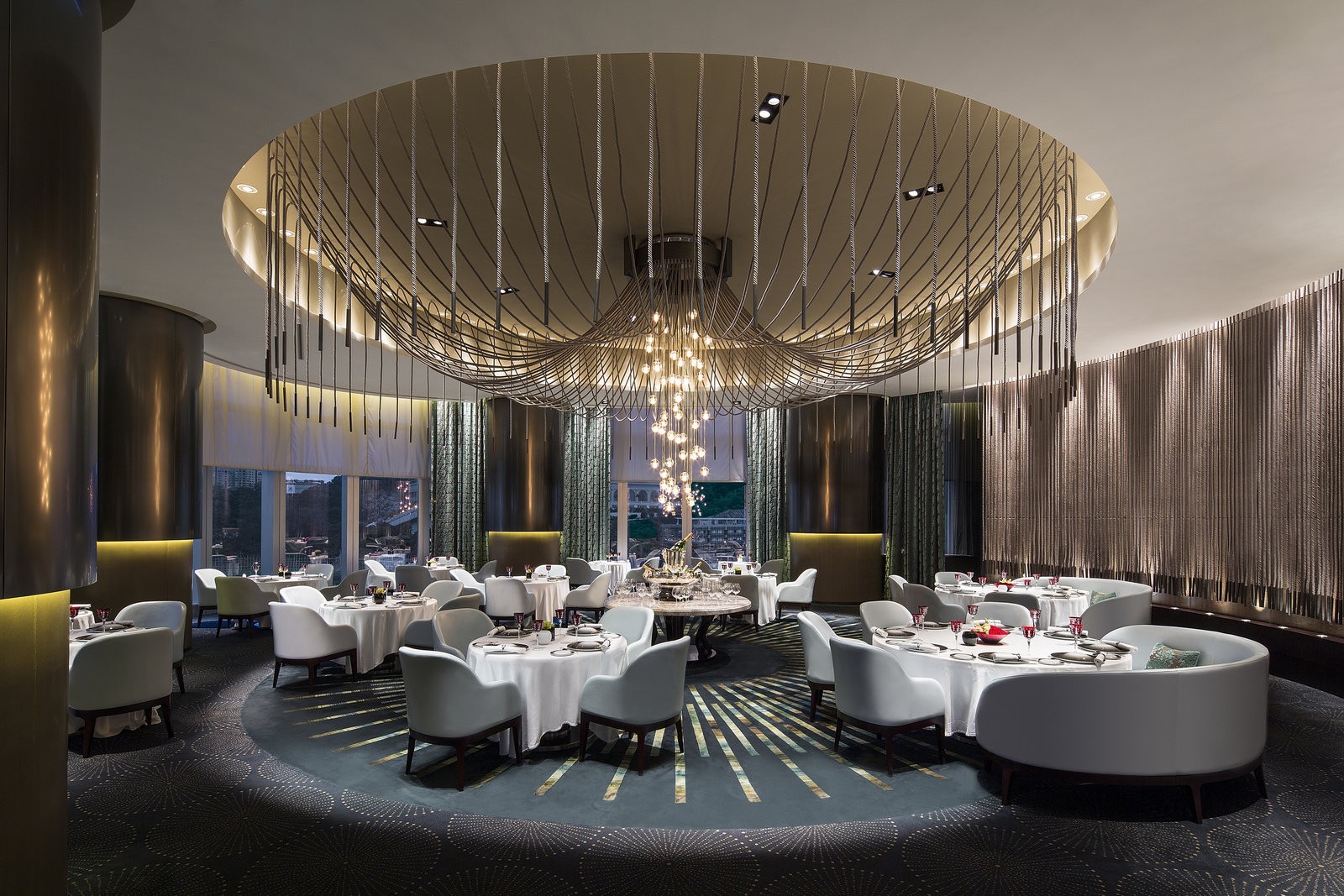













0 User Comments